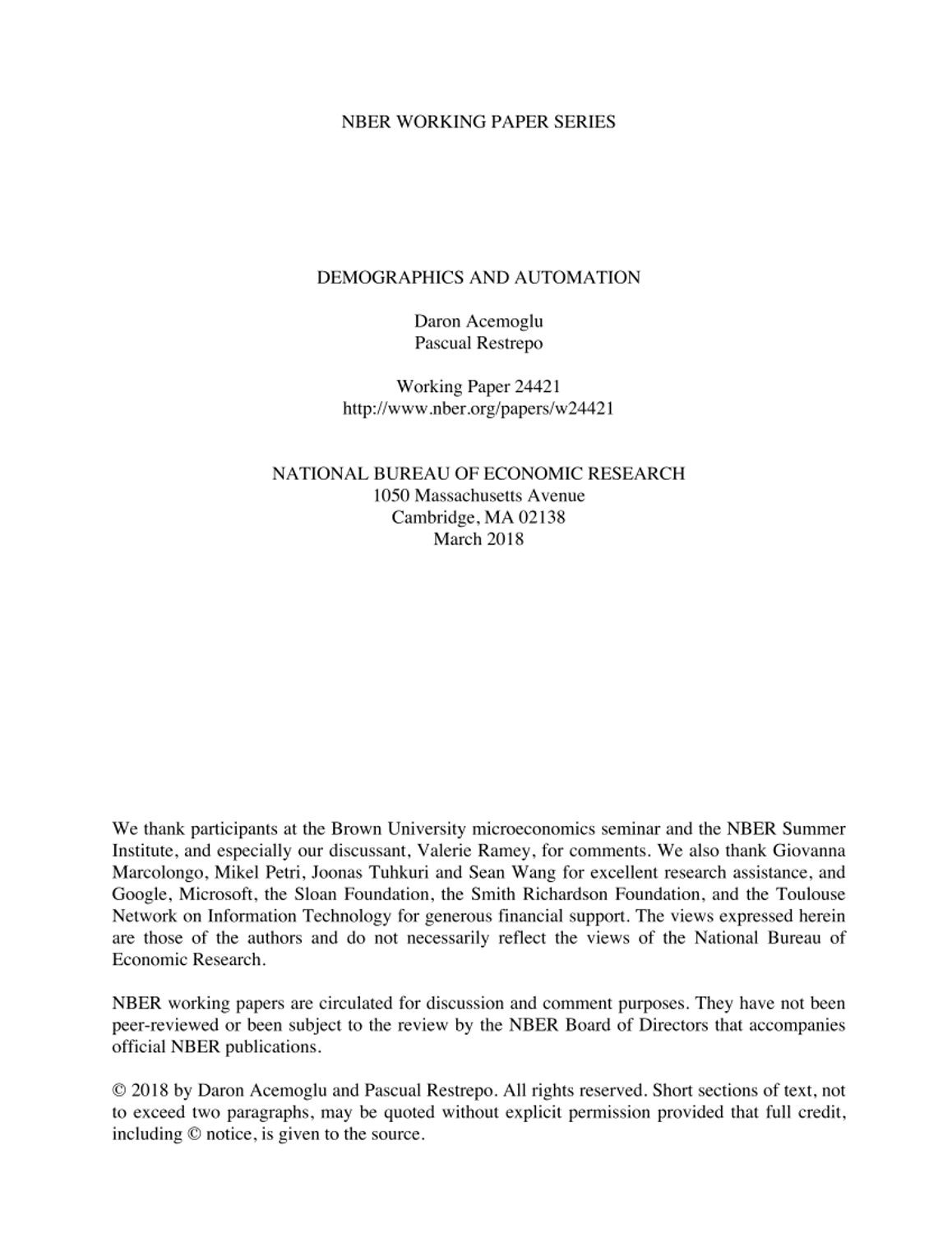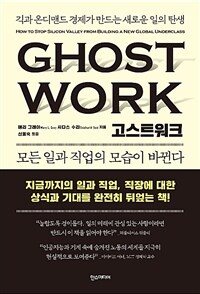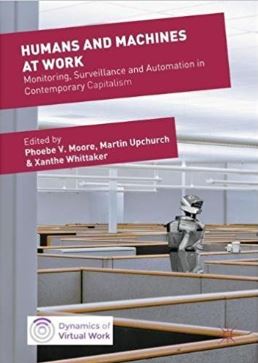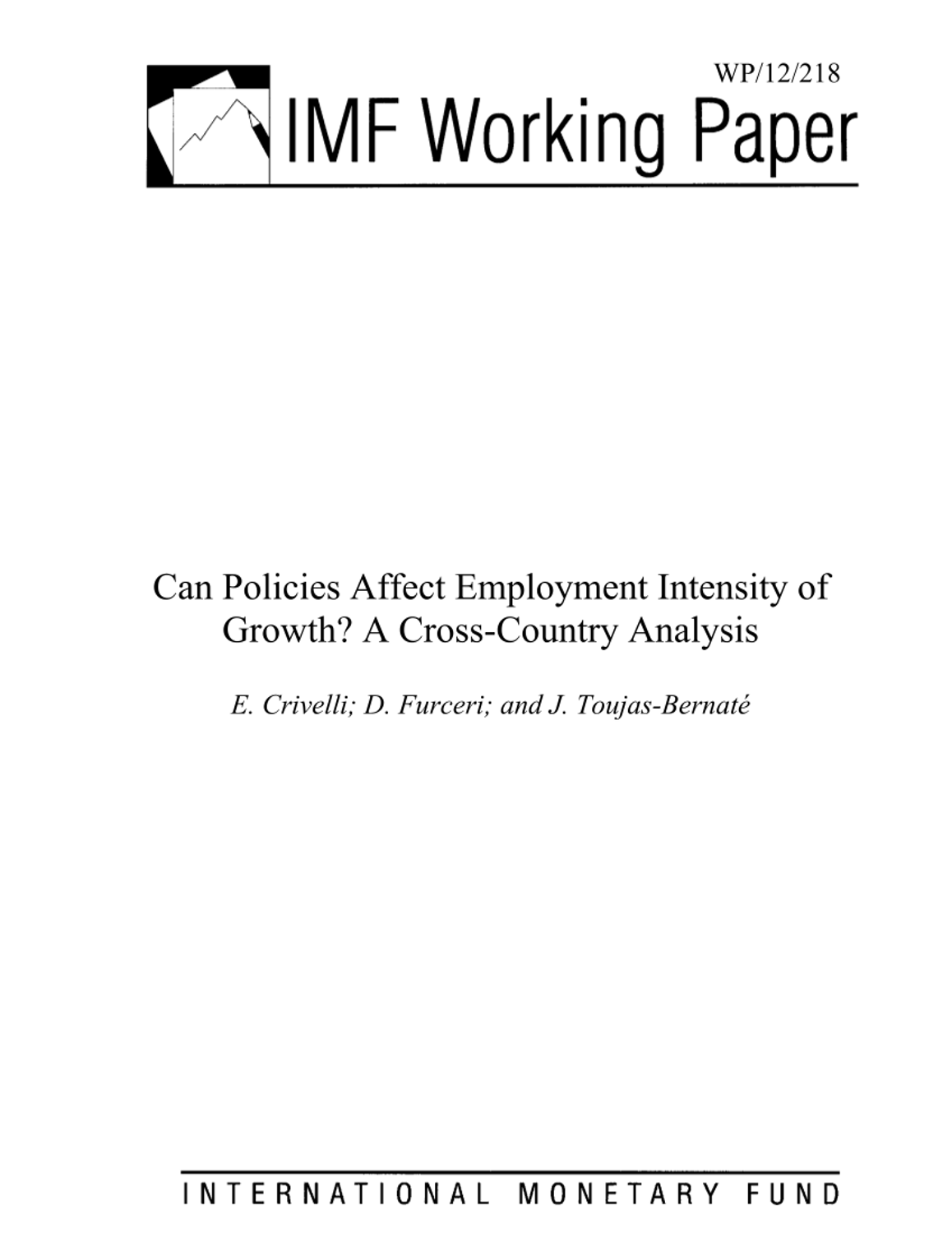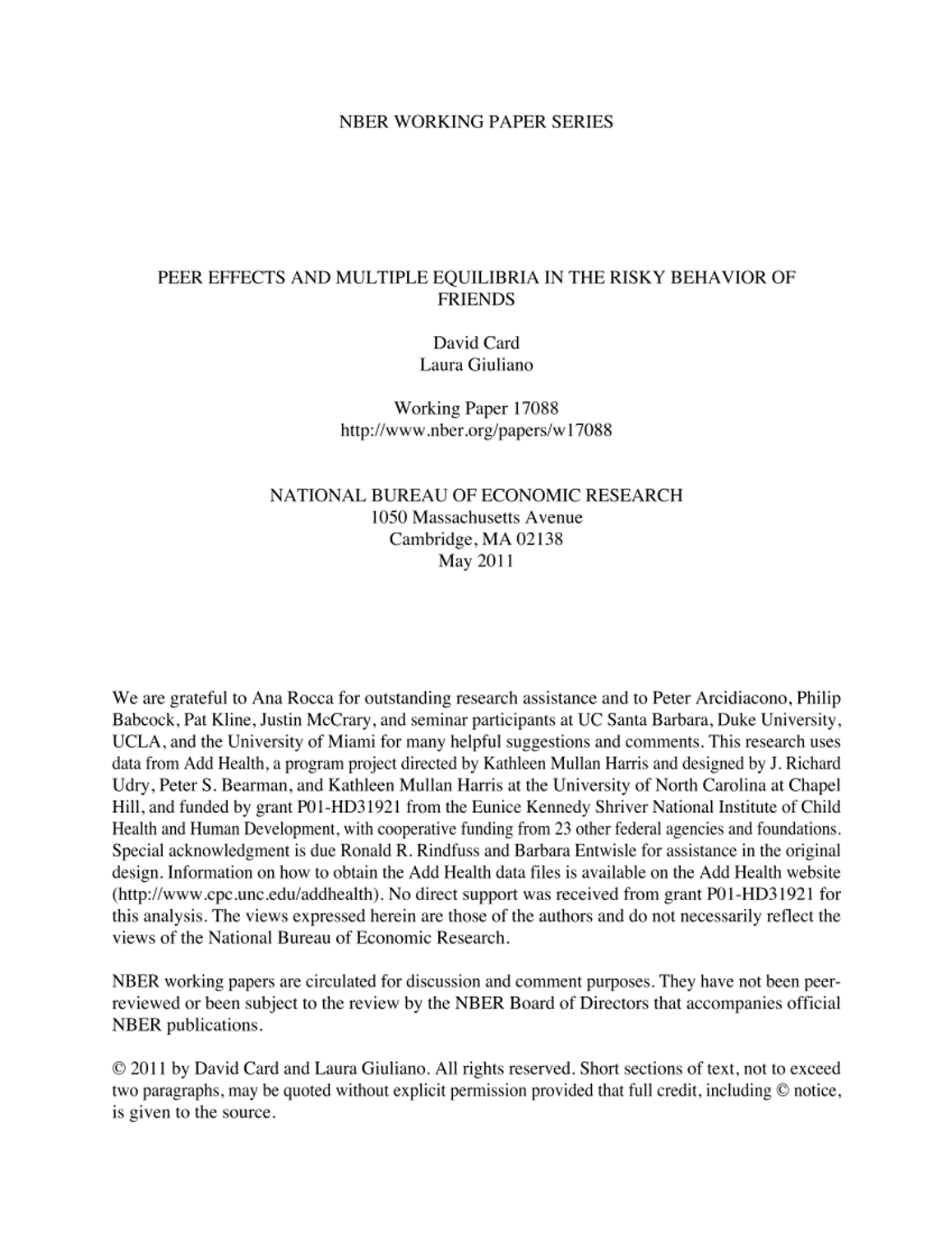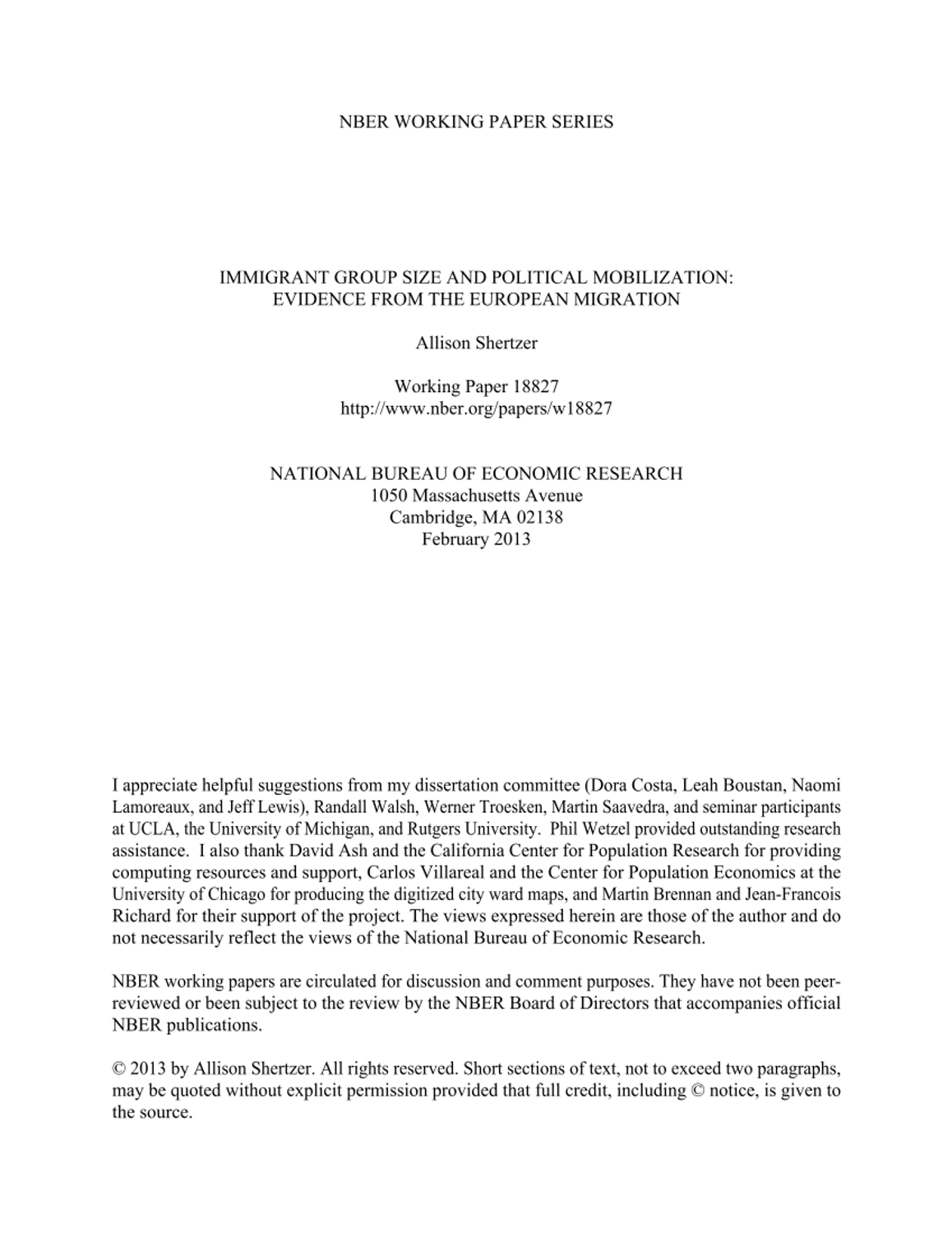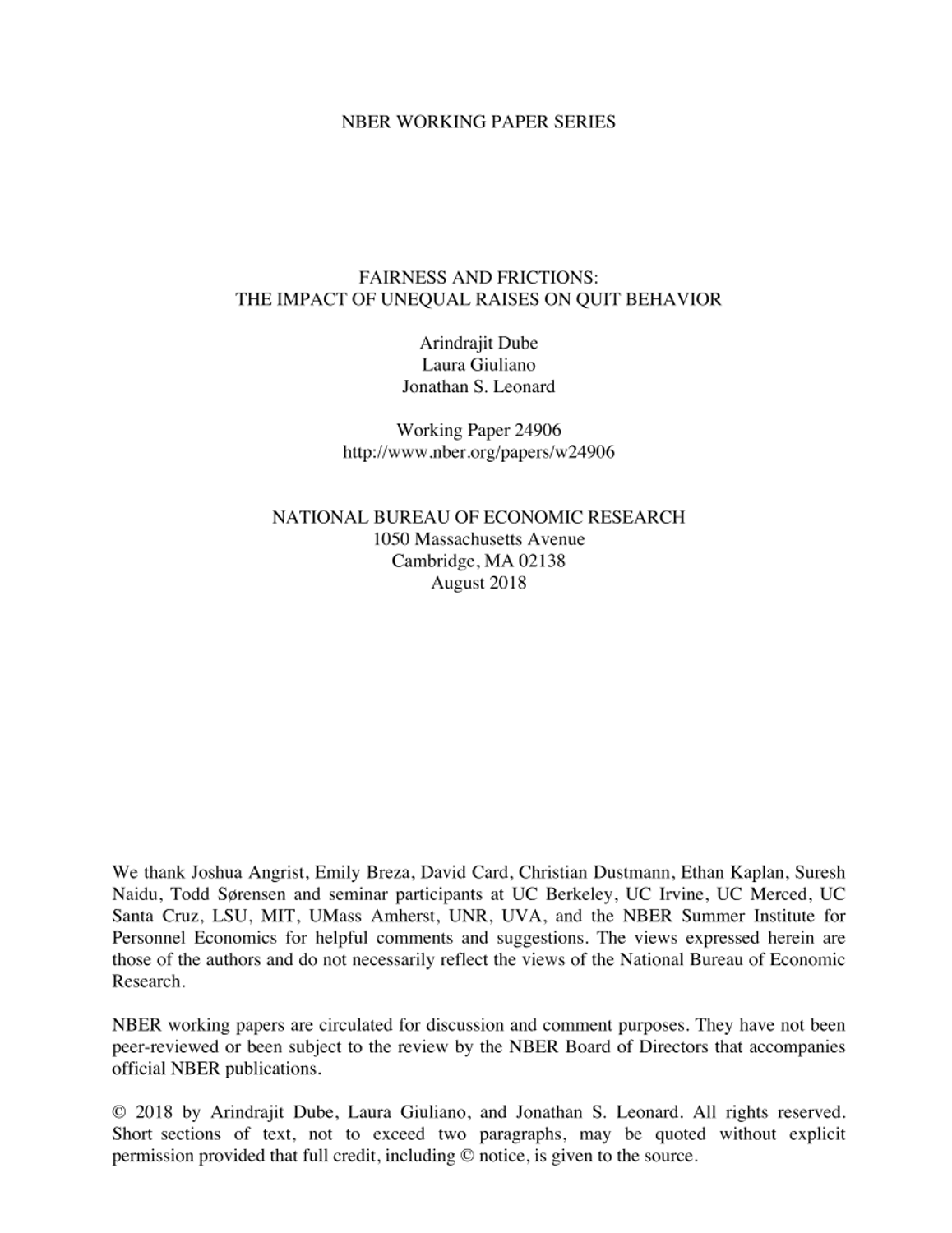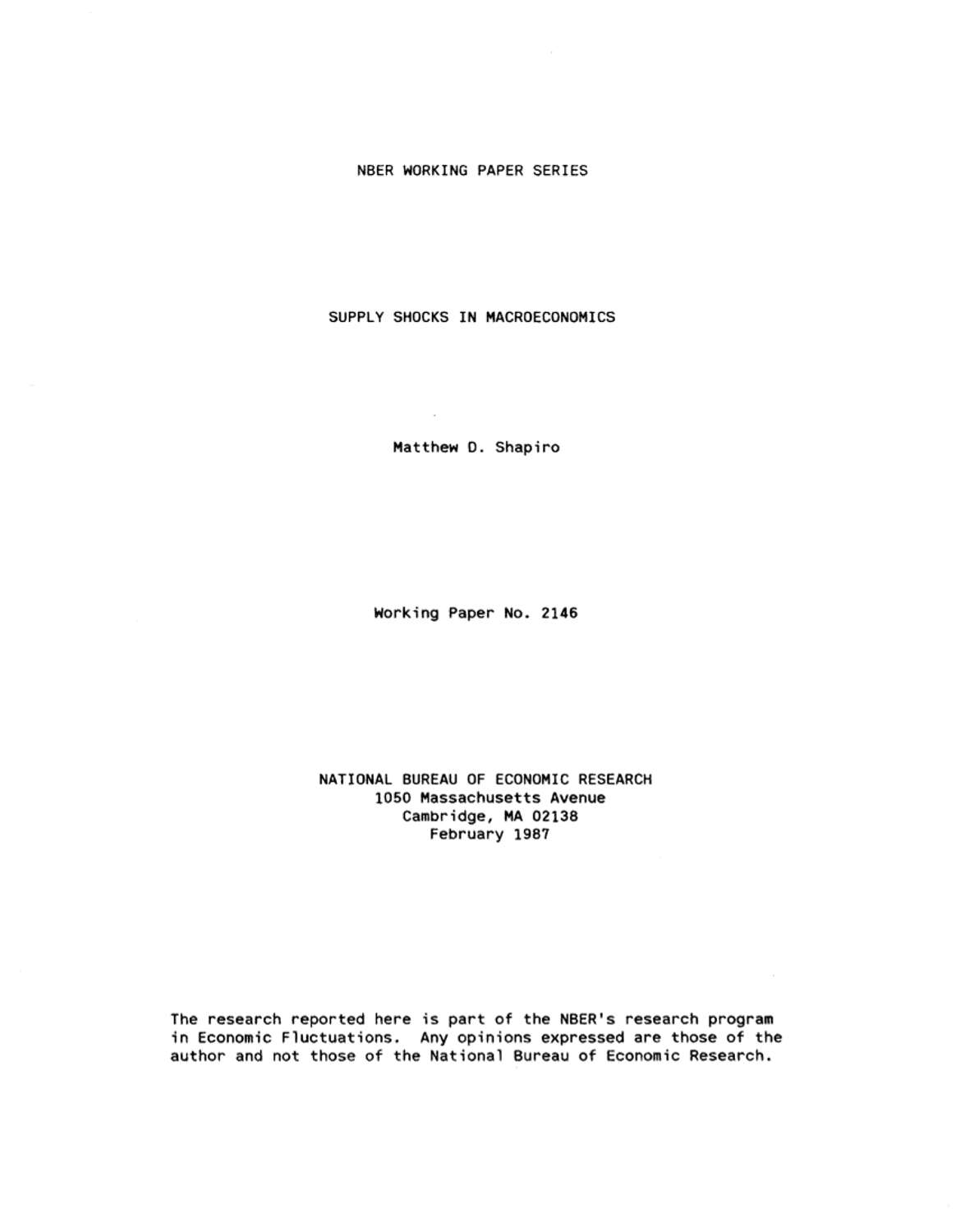단행본NBER Working Paper 24421
Demographics and automation
- 청구기호
- WP 24421
- 발행사항
- Cambridge : NBER, 2018
- 형태사항
- 93 p. :. PDF file ;. 4.79 MB
- 분류기호
- 듀이십진분류법->WP
소장정보
| 위치 | 등록번호 | 청구기호 / 출력 | 상태 | 반납예정일 |
|---|---|---|---|---|
이용 가능 (1) | ||||
| E0002933 | 대출가능 | - | ||
이용 가능 (1)
- 등록번호
- E0002933
- 상태/반납예정일
- 대출가능
- -
- 위치/청구기호(출력)
책 소개
We argue theoretically and document empirically that aging leads to greater (industrial) automation, and in particular, to more intensive use and development of robots. Using US data, we document that robots substitute for middle-aged workers (those between the ages of 36 and 55). We then show that demographic change―corresponding to an increasing ratio of older to middle-aged workers―is associated with greater adoption of robots and other automation technologies across countries and with more robotics-related activities across US commuting zones. We also provide evidence of more rapid development of automation technologies in countries undergoing greater demographic change. Our directed technological change model further predicts that the induced adoption of automation technology should be more pronounced in industries that rely more on middle-aged workers and those that present greater opportunities for automation. Both of these predictions receive support from country-industry variation in the adoption of robots. Our model also implies that the productivity implications of aging are ambiguous when technology responds to demographic change, but we should expect productivity to increase and labor share to decline relatively in industries that are most amenable to automation, and this is indeed the pattern we find in the data.

